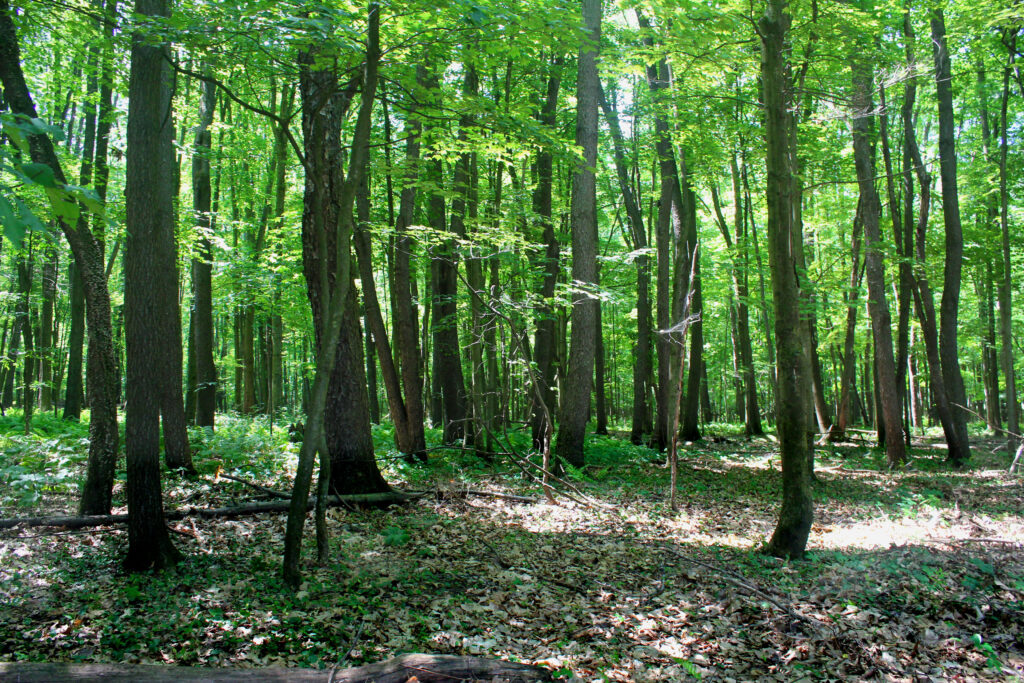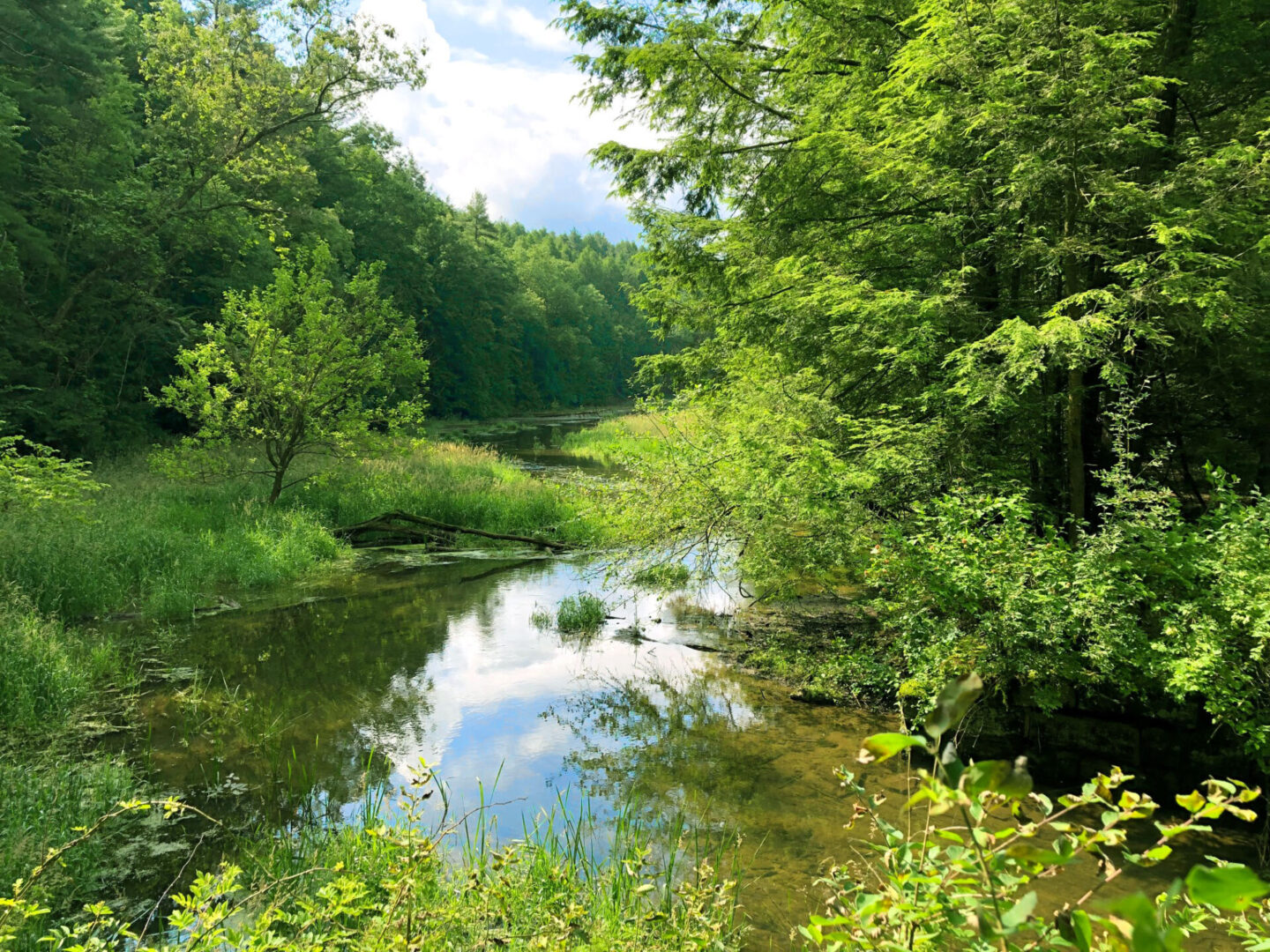ClearWater Conservancy has conserved a 100-acre parcel of land along the Beaver Branch watershed in southern Centre County and northern Huntingdon County, the organization announced this week.
The conservation easement, which permanently protects the property by restricting development in perpetuity, was made possible by grant funding from the Open Space Institute’s Appalachian Landscapes Protection Fund (ALPF) and the Foundation for Pennsylvania Watersheds.
Preserving the “significant” property in Ferguson and Franklin townships marks a “marks a major milestone in the organization’s Scotia Barrens to Ridgelines Initiative and an ongoing commitment to preserving the natural landscapes and water resources of central Pennsylvania,” according to a news release.
A portion of the property includes the Beaver Branch Gorge Biological Diversity Area, which is a Pennsylvania Natural Heritage Area and Beaver Branch itself is designated as a High-Quality Cold Water Fishery by the Pennsylvania Department of Environmental Protection. The waterway “is critical for sustaining habitat for wild trout and other important native species, flows through the eastern border of the property, directly providing essential water resources to this biologically significant area,” according to ClearWater Conservancy.
Beaver Branch flows into Spruce Creek, a Class A Wild Trout stream, at Pennsylvania Furnace. Spruce Creek eventually joins the Juniata River, which feeds into the Susquehanna River, which in turn ultimately drains into the Chesapeake Bay, making the conservation of the Beaver Branch property important to the overall ecological health of the broader watershed.
The property also includes 95 acres of of forestland, wetlands and floodplain areas that support the threatened Eastern Spadefoot Toad and Marsh Bedstraw, a plant considered a species of special concern. It additionally provides a protected corridor for migratory species, helping to mitigate the impact of future fragmentation and conversion of forestland to non-forest uses.

“This area is vital for promoting the restoration of habitat for native species, supporting the function of forest ecosystems, and encouraging sound forest stewardship and forestry practices,” ClearWater Conservancy wrote. “This Grant of Conservation Easement seeks to limit future fragmentation of the forest, promote the restoration of native habitats and improve both surface and groundwater quality. In addition, the easement aims to prevent the loss and degradation of soil, enhance carbon storage capacity, and contribute to a healthy, resilient ecosystem, thereby ensuring the long-term health of the landscape and the broader environmental benefits it can provide.”
The property is owned by Diane Albright, who ClearWater Conservancy Executive Director Elizabeth Crisfield described as a dedicated conservationist committed to the preservation and stewardship of her land.
“The care and attention she has dedicated to the land has been integral to the success of the project,” Crisfield said.
The Beaver Branch property conservation easement is part of ClearWater Conservancy’s broader efforts to collaborate with landowners and local communities in conservation initiatives that benefit the environment and quality of life.
“ClearWater is so fortunate to work with people like Diane who truly care for and steward their land, and conserving her 100 acres of woods ensures it will be protected forever,” added Ryan Hamilton, land conservation manager at ClearWater Conservancy.
The Beaver Branch project is notable because of the property’s landscape complexity, “which will facilitate the migration of various plant and animal species in response to climate change,” said Bill Rawlyk, Open Space Institute’s Mid-Atlantic senior project manager.
“Its significance is further underscored by the presence of limestone geology, which supports exceptional biodiversity, including numerous rare and sensitive terrestrial and aquatic species. Moreover, the landowner’s commitment to protecting the property’s intact, mature forest makes this project all the more impactful,” Rawlyk said.



